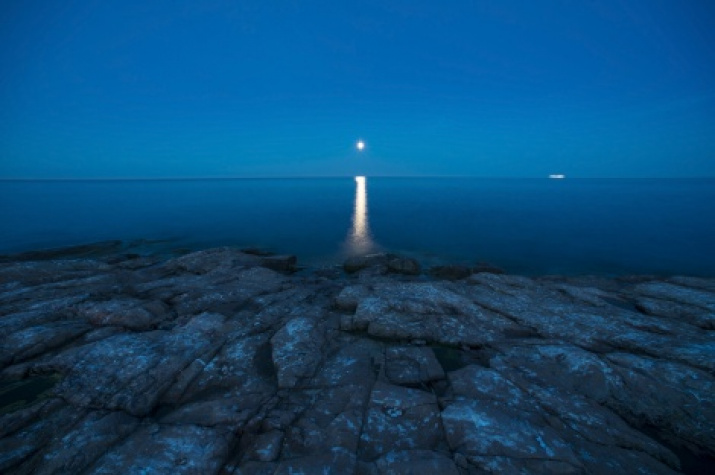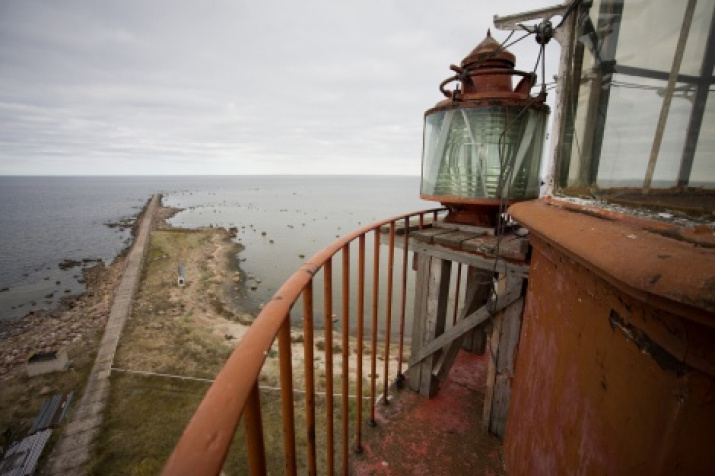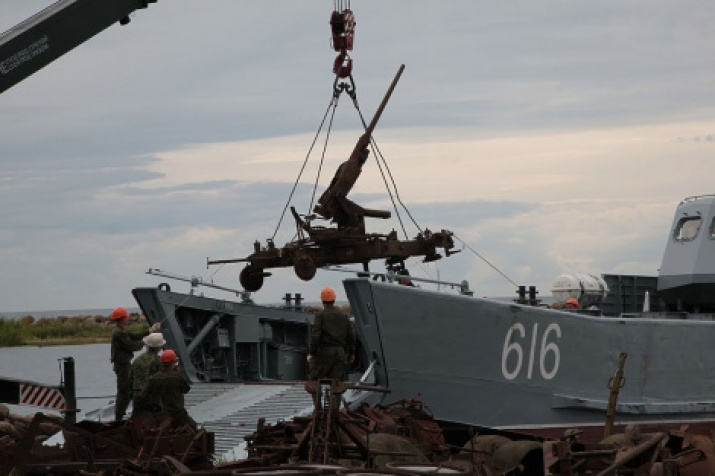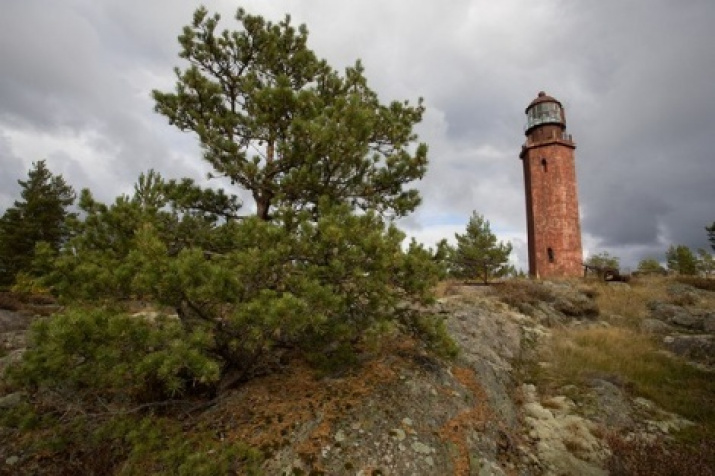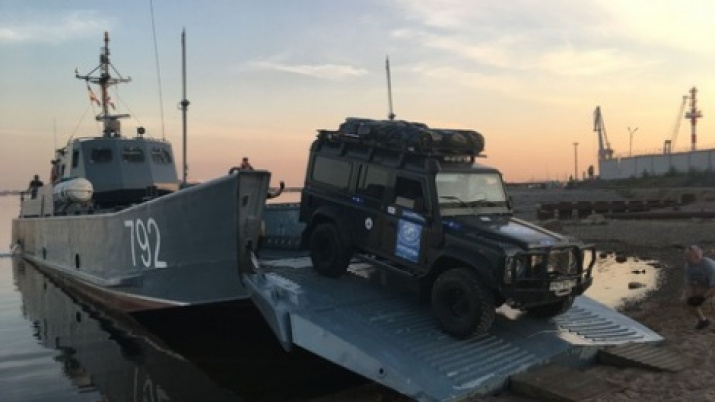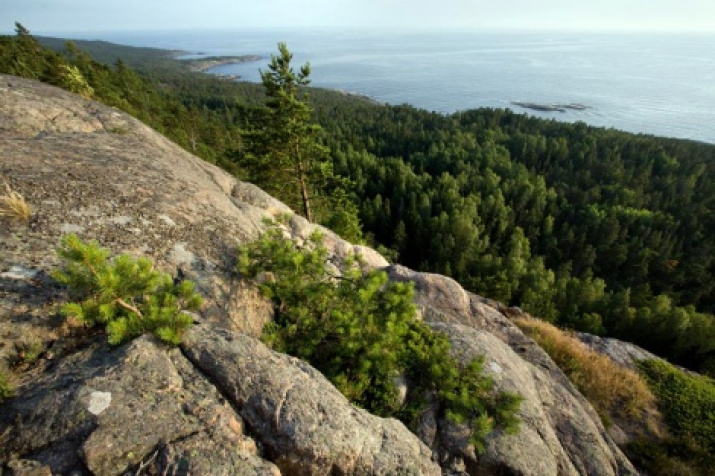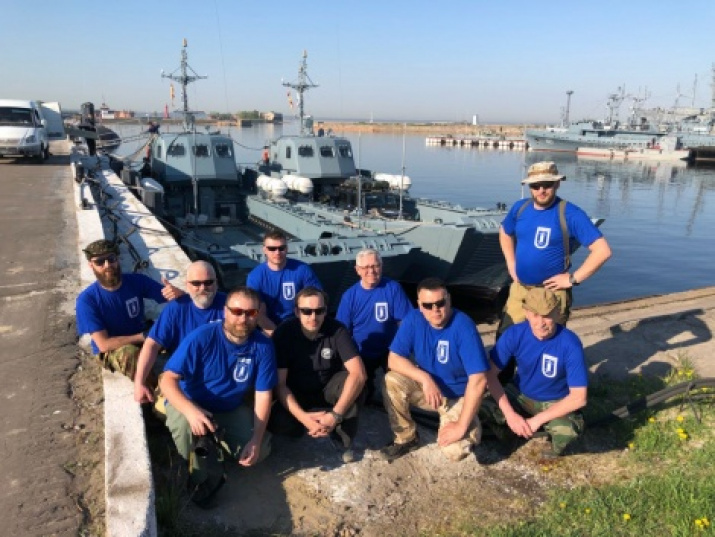In the Gulf of Finland there started the sixth season of the complex expedition of the Russian Geographical Society "Gogland", which is supported by the Federal Grid Company of the Unified Energy System. The first group of researchers in this year has traditionally gone to the outer islands of Kronstadt. Its history is closely connected with travel, scientific discoveries and, of course, with the Russian Geographical Society, whose expeditions the legendary fortress city meets and escorts from the middle of the XIX century.
Historically, the Society is connected with the military department, whose assistance has always been and remains very significant. Expedition "Gogland" is no exception. From the very beginning, namely, from the summer of 2013, it is held with the assistance of the Ministry of Defense of the Russian Federation, the Western Military District, the Leningrad Naval Base. During this time, the military engineers, sappers, pilots, sailors, servicemen of the search battalion visited the islands, who helped to accomplish a large number of important scientific tasks and, at the same time, they acquired new professional competencies and unique experience. Suffice it to recall the well-coordinated work of several units, which in 2015 provided an unprecedented, technically complex operation for the export of military history objects from the islands.
The sixth season of "Gogland" is intended to continue this work in partnership with the Expedition Center of the Ministry of Defense of the Russian Federation. Discovered in the past year by geophysicists anomalies in the dune part of the island of Bolshoi Tyuters, were found hidden under a multimeter sand mass with guns and the point of control of artillery anti-aircraft fire left by the Germans during retreat in the fall of 1944. During the summer-2018, these objects will be taken to Kronstadt and will be exhibits of the Patriot Park branch being created there.
At the same geophysical research of the island is not completed. Working in archives every year brings new information that requires verification, and, not guessing, it is possible to assume the possibility of new surprising finds - both military and civilian.
This summer, the search for remains of Soviet paratroopers who stormed the Big Tyuters in the spring of 1942 will continue. This task will be solved by the consolidated detachment of the "Search Movement of Russia".
In addition, with an environmental mission, volunteers will come to the islands again. This time, in this capacity, the members of the military service «Yunarmiya» , Suvorovtsy and Nakhimovites, who will eliminate the consequences of anthropogenic interference in the unique nature of the island of Gogland, will perform. Students from the Kuban will be working on the Big Tyuters, which will be collected by another partner of the expedition - the Krasnodar regional branch of the Russian Geographical Society.
We contacted a telephone satellite with the head of the complex expedition "Hogland" Artem Khutorsky to find out how the first group got settled, what are the nearest plans.
"Everything is fine with us, the camp is set, every member of the expedition knows its tasks and is engaged in their solution, good, the weather so far allows, - said Khutorskoy. - They say, the truth is, the cyclone is coming to us ... But this is Baltika, the "girl" is unpredictable, but we are already accustomed to her whims."
The head of the team "Hogland" noted that in a very short time the group has a lot to do. In particular, to find the best places for basing the camps of the young soldiers and make a program of their stay, combining the work, training, trainings and substantial rest. It is equally important - in practice to check the information found in the archives, related to the stay of the person on the island in different epochs. Spring on the islands comes two or four weeks later than on the mainland, and while the vegetation is still scarce - it's time for a thorough combing of the territory. And most importantly, the group will develop a plan and technology for the export of previously discovered historical objects, taking into account the minimum impact on nature.
"Big Tyuters joined the state reserve "East of the Gulf of Finland ", which was established in December last year, and the demand for any action here is now special, - Khutorskoy emphasized. - We coordinated our work with the Ministry of Natural Resources. We agreed that the employees of the department during the season will necessarily inspect us. Everyone understands that the balance of interests of nature and man is often very difficult to find. But you can. If there is goodwill and constructive spirit. "

